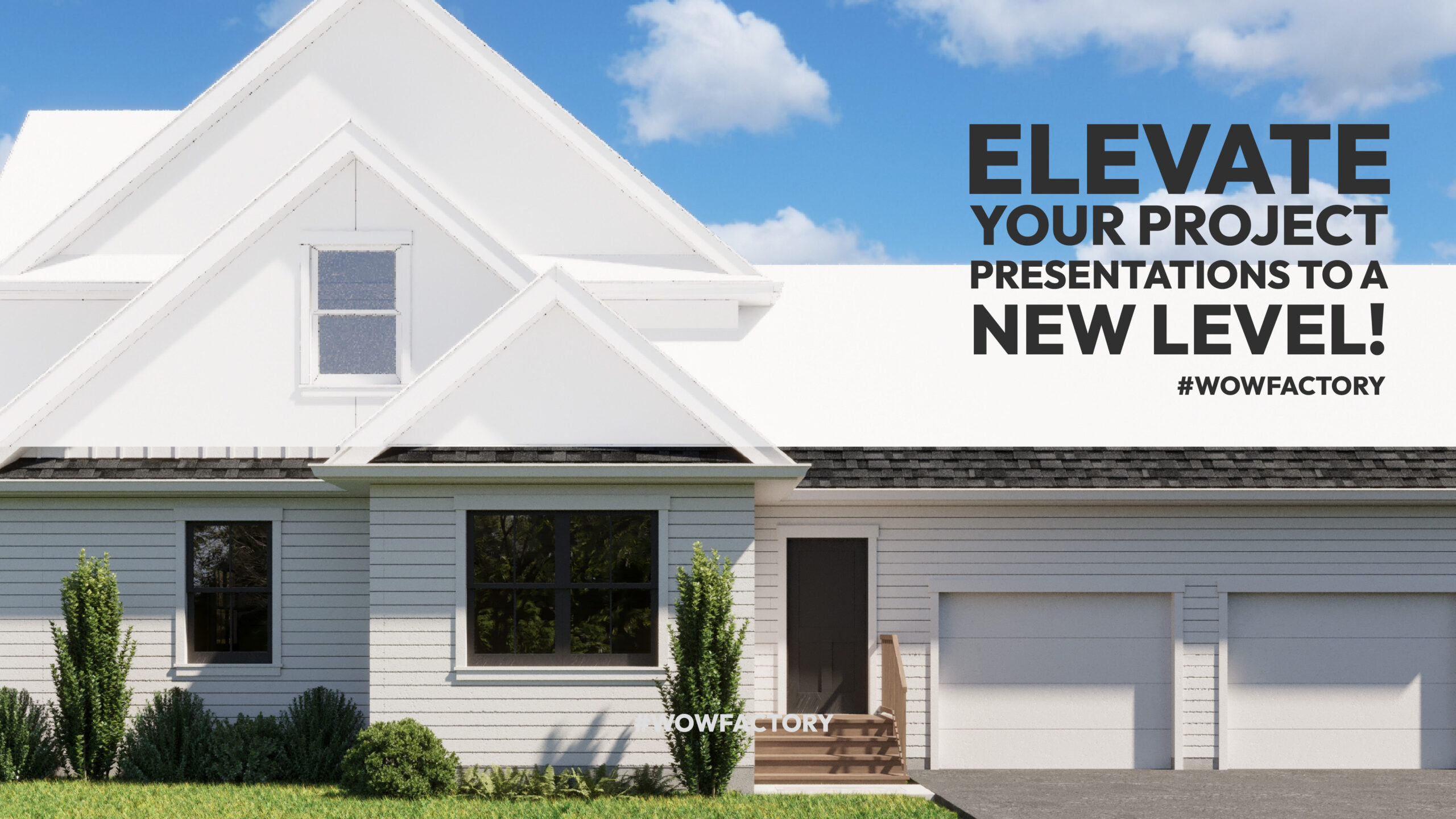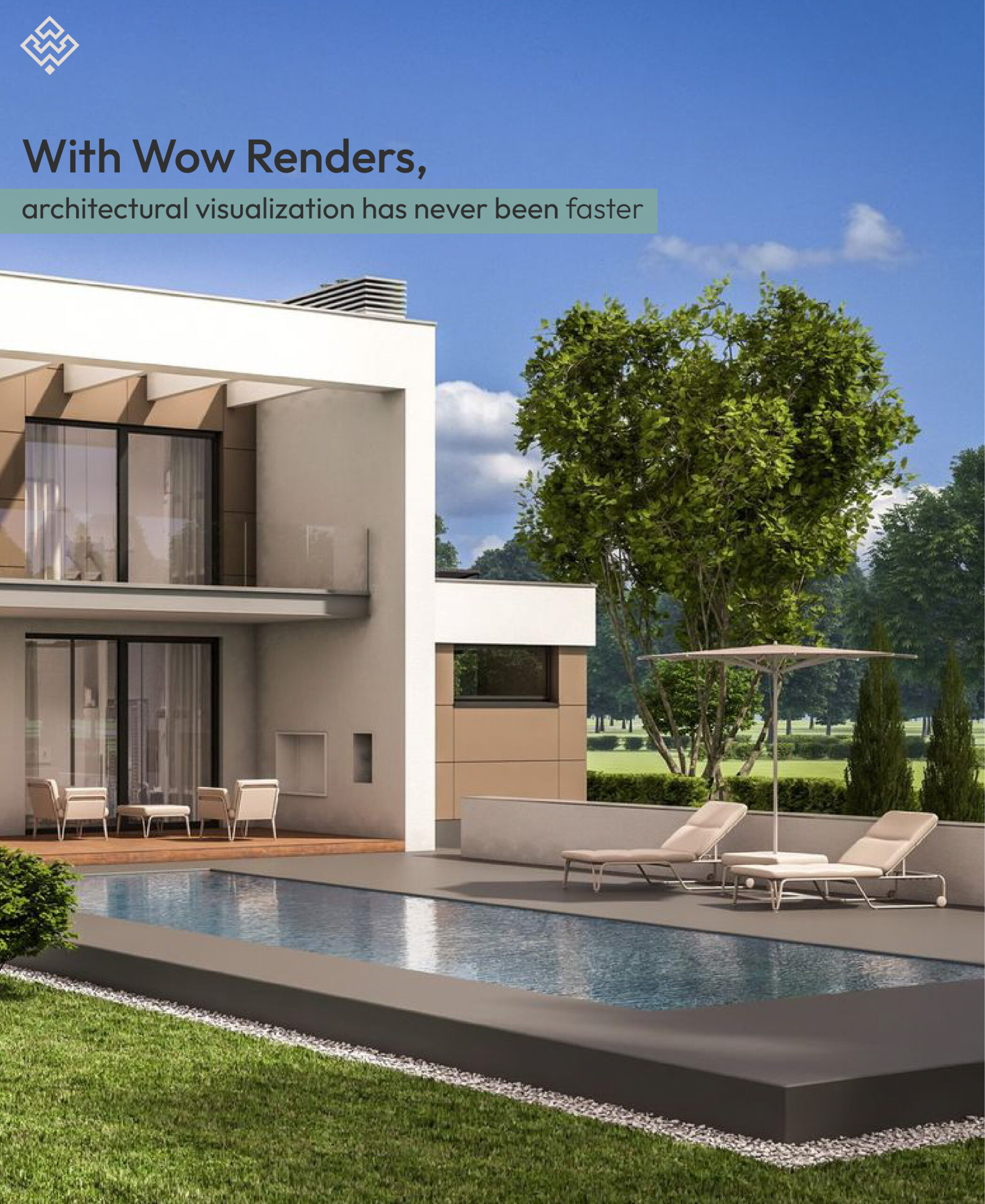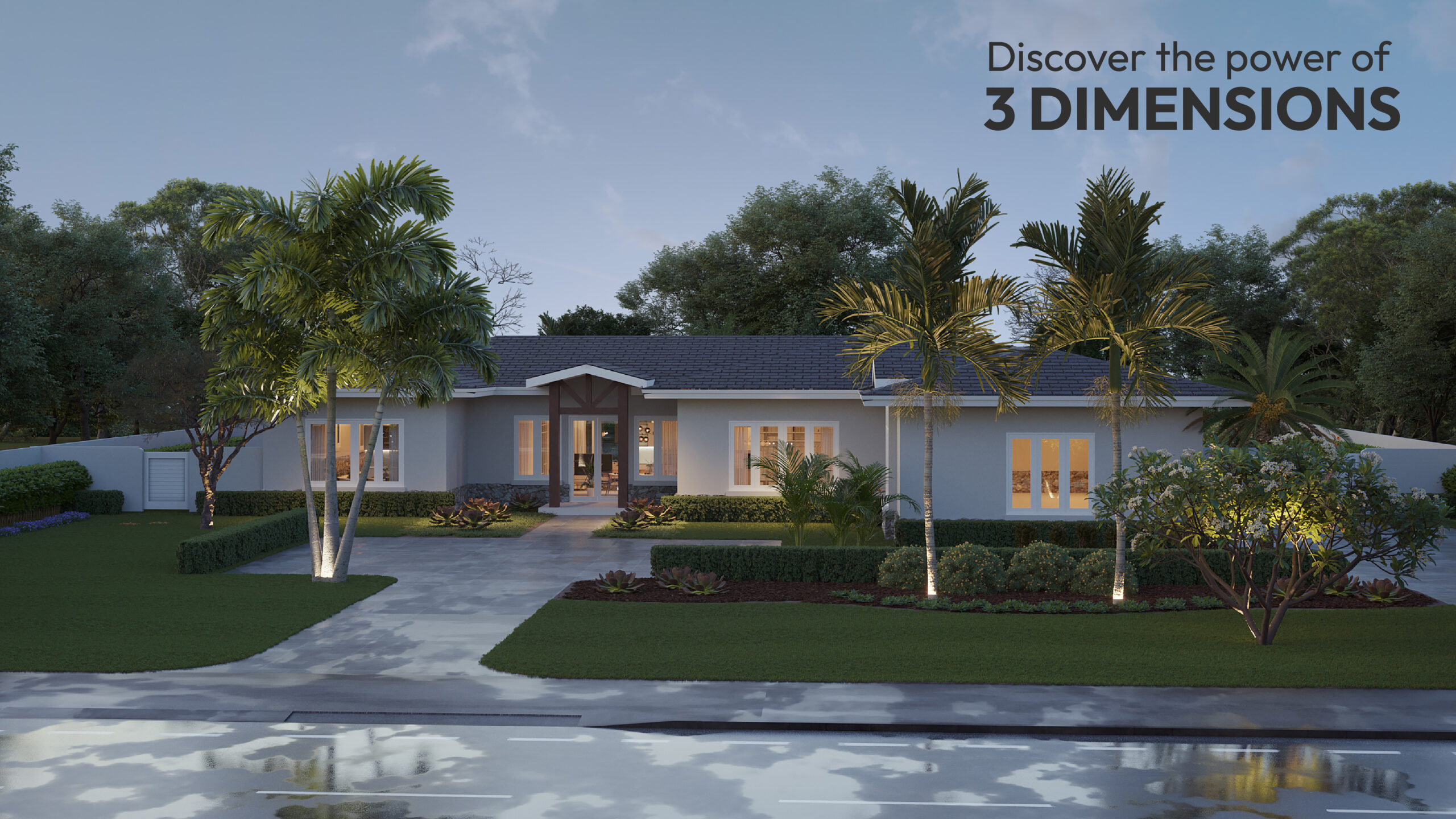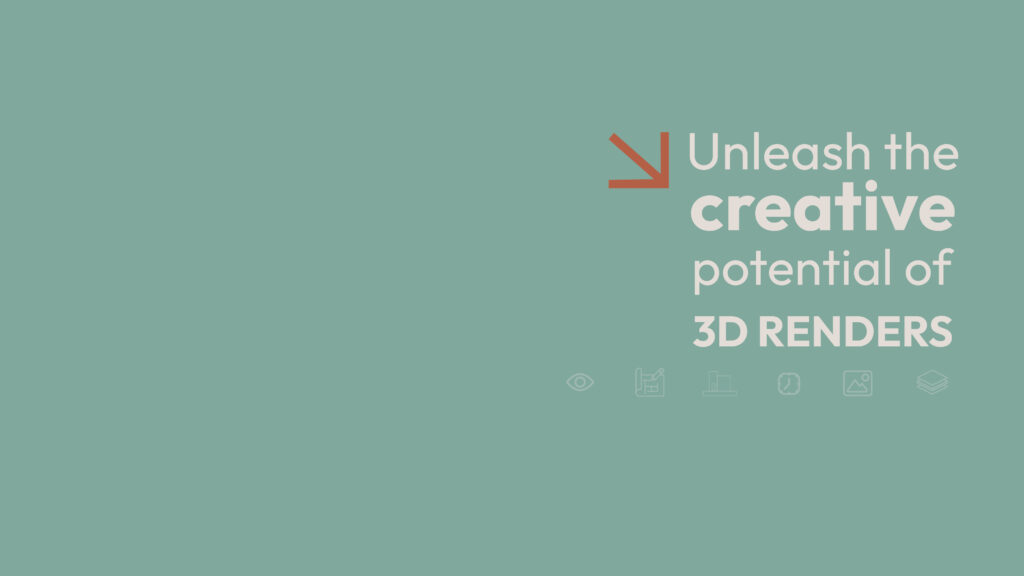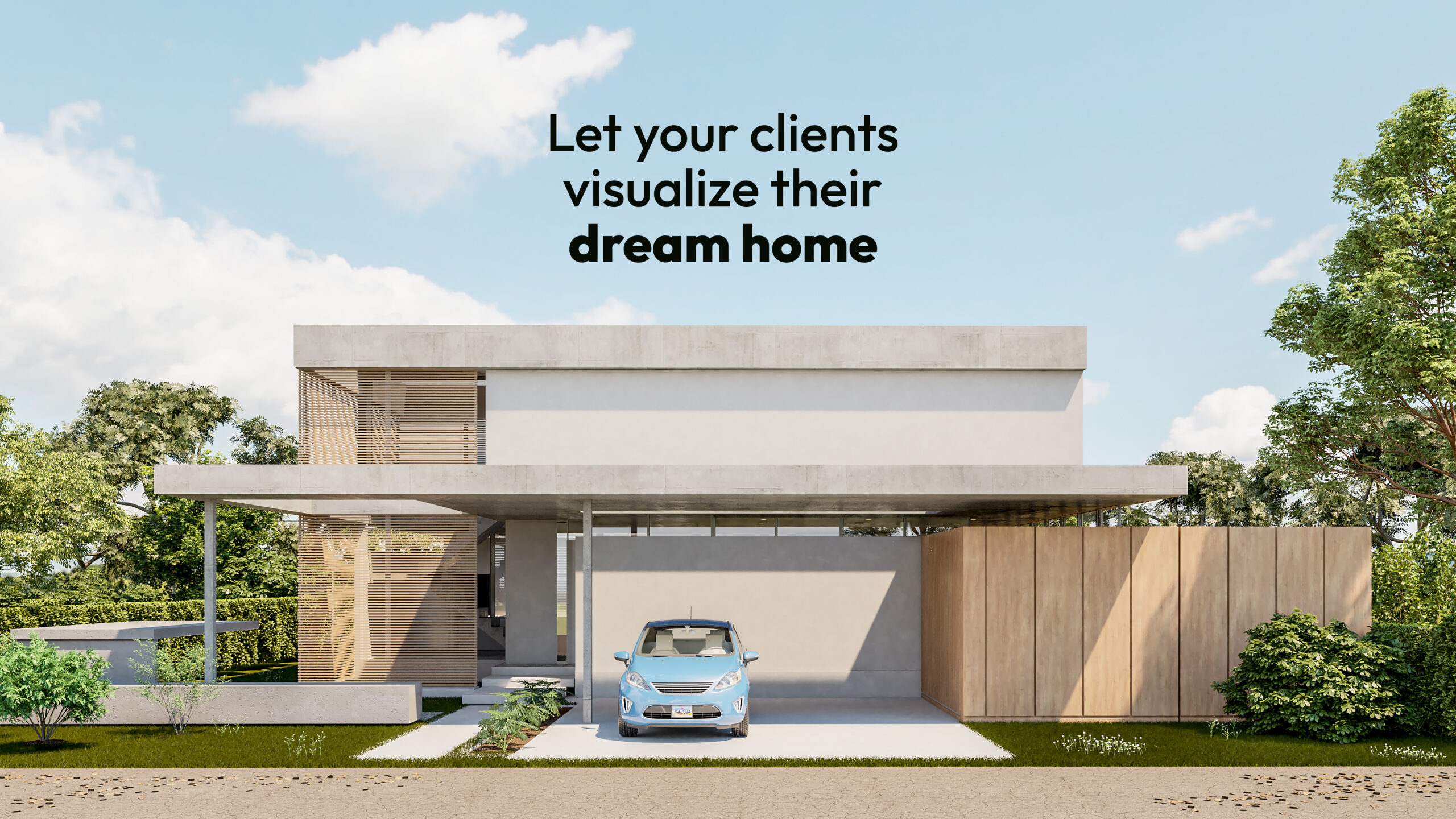06 Oct Unleashing the creative potential: Ideas for using 3D renders
In recent years 3D rendering has revolutionized the way we visualize and present ideas. With its ability to bring imagination to life 3D rendering has become an invaluable tool across various industries. From architecture and interior design to advertising and entertainment the possibilities are endless. In this article we’ll explore some exciting ideas for using 3D renders and how they can unleash your creative potential.
-
Architectural Visualization:
Architects and designers can use 3D renders to create stunning visual representations of their projects. By rendering architectural designs you can showcase realistic exteriors and interiors allowing clients to experience spaces before they are built. Whether it’s residential buildings, commercial complexes or urban planning projects, 3D renders provide an immersive and detailed view aiding in decision-making and project approvals.
-
Interior Design:
Interior designers can harness the power of 3D rendering to present their vision to clients. By creating realistic renders of rooms clients can experiment with various layouts, color schemes, furniture arrangements and lighting options. This enables clients to visualize their space accurately, ensuring that the final design meets their expectations.
-
Product Design and Prototyping:
In the realm of product design 3D renders play a crucial role in visualizing concepts and creating prototypes. Instead of relying solely on traditional physical prototypes designers can develop digital models and render them in 3D. This allows for cost-effective iterations and modifications before moving to the physical manufacturing stage. Moreover 3D renders can be used for marketing purposes, showcasing products in an appealing and interactive manner.
-
Advertising and Marketing:
The advertising industry benefits greatly from the power of 3D renders. Companies can create captivating and photorealistic visuals for their products, whether it’s automobiles, consumer electronics or fashion accessories. With 3D renders marketers can showcase products from every angle, highlight key features, and even create eye-catching animations or virtual walkthroughs. The versatility of 3D renders enables brands to engage with customers in a dynamic and immersive manner.
-
Film, Animation, and Gaming:
The entertainment industry has embraced 3D rendering as an indispensable tool. In filmmaking directors can use 3D renders to pre-visualize complex scenes and special effects assisting in the planning and execution of shots. Additionally animators can create lifelike characters and detailed environments, adding depth and realism to their creations. In the gaming world, 3D renders allow for the development of visually stunning and immersive virtual worlds that captivate players.
-
Educational and Training Simulations:
Educational institutions and training centers can utilize 3D renders to enhance the learning experience. Complex scientific concepts can be visually explained through interactive 3D models, making them more accessible and engaging for students. Training simulations in fields such as medicine, aviation and engineering can be created using 3D renders providing a safe and immersive environment for practical learning.
The advent of 3D rendering has transformed the creative landscape across numerous industries. Its ability to visualize ideas, products and environments in astonishing detail has revolutionized the way we design, market and communicate. Whether you’re an architect, designer, marketer, filmmaker or educator embracing 3D renders can unlock a world of possibilities,allowing you to bring your imagination to life and captivate your audience like never before. So don’t hesitate to explore the boundless potential of 3D renders and elevate your creative endeavors to new heights. Contact us to walk with you developing your renders and 3d visualizations.




